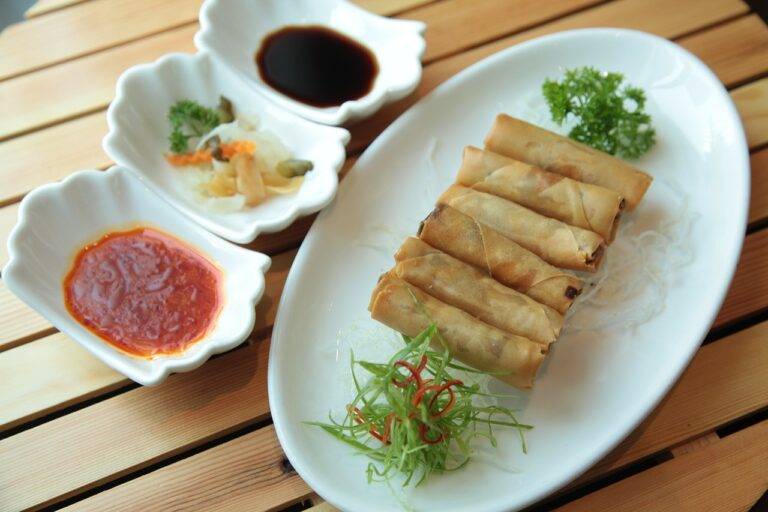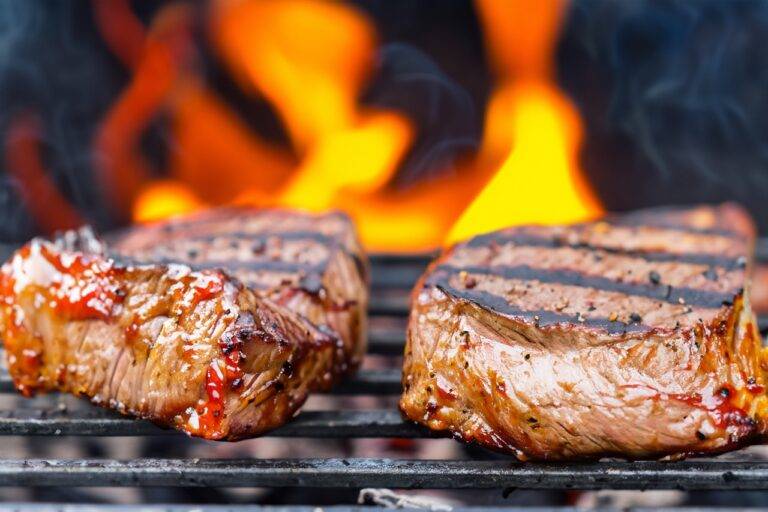The Influence of Food Packaging on Food Safety and Security
Food packaging plays a crucial role in preserving the quality and freshness of food products. It serves as a protective barrier against external elements such as moisture, air, light, and microorganisms that can compromise the safety and integrity of the food. Additionally, packaging helps extend the shelf life of products, allowing them to be transported and stored efficiently.
In the food industry, packaging is not solely focused on protection but also on convenience and marketing. Packaging design and materials are carefully selected to attract consumers and provide ease of use. From resealable pouches to microwave-safe containers, the packaging is designed to enhance the overall consumer experience while ensuring the safety and quality of the food inside.
Importance of Proper Packaging for Food Safety
Proper packaging for food safety is crucial in ensuring the quality and freshness of food products. Packaging helps to protect food from contamination by external sources such as bacteria, dust, and moisture. It also prevents oxidation and extends the shelf life of perishable items like fruits, vegetables, and meats.
Furthermore, proper packaging plays a key role in preventing foodborne illnesses by creating a barrier between the food and the environment. It helps to maintain hygiene standards during storage, transportation, and display of food items. In addition, effective packaging can also provide vital information to consumers regarding the ingredients, nutritional content, and expiry dates of the products.
What is the purpose of food packaging?
Food packaging serves to protect food products from contamination, spoilage, and physical damage. It also provides information about the product, such as ingredients, nutritional value, and expiration date.
How does proper packaging contribute to food safety?
Proper packaging helps prevent cross-contamination, preserves the freshness of food, and ensures that it is not exposed to harmful elements. This reduces the risk of foodborne illnesses and maintains the quality of the product.
What are some common types of food packaging?
Common types of food packaging include cans, bottles, pouches, jars, cartons, and flexible packaging such as plastic wraps and bags. Each type of packaging is designed to suit the specific needs of different food products.
How can consumers ensure the safety of packaged food products?
Consumers can ensure the safety of packaged food products by checking for intact packaging, reading the labels for any signs of tampering or damage, and following storage and preparation instructions provided on the packaging.
Why is it important for food manufacturers to use proper packaging materials?
Food manufacturers must use proper packaging materials to maintain the integrity of the product, extend its shelf life, and comply with food safety regulations. Inadequate packaging can lead to contamination and compromise the safety of the food product.





